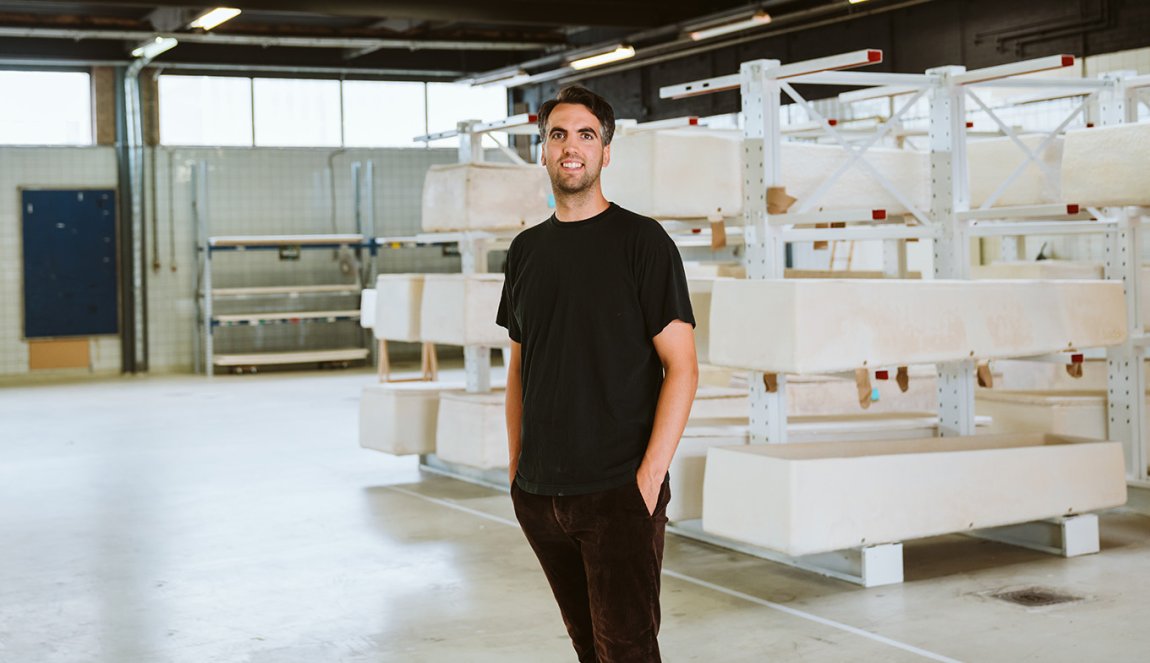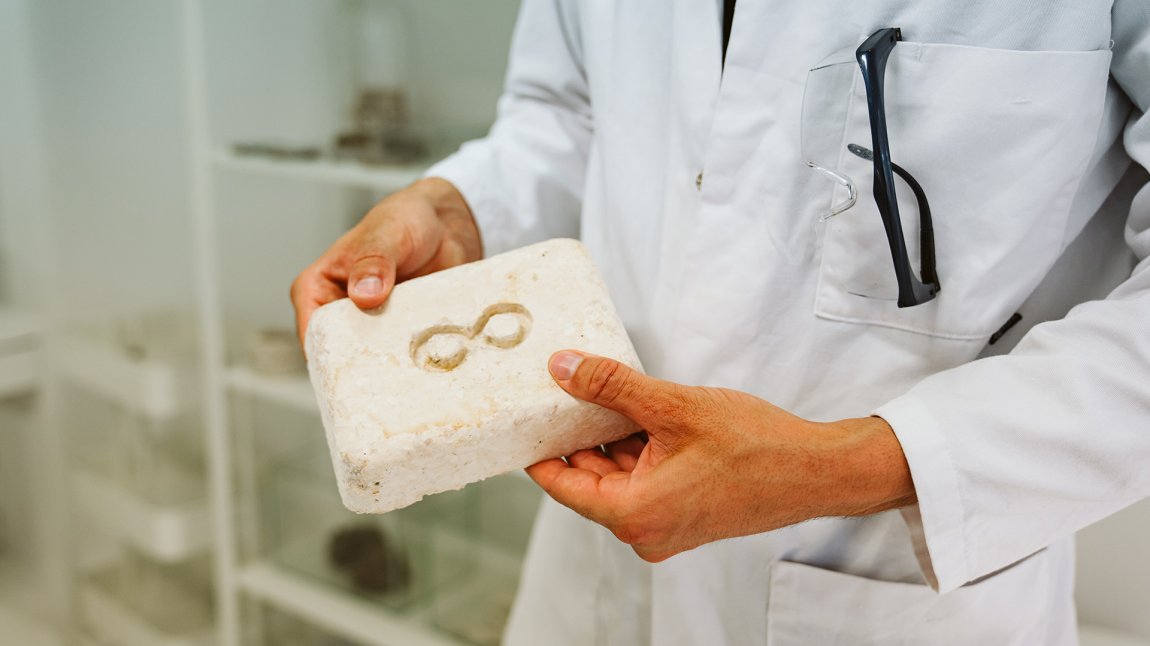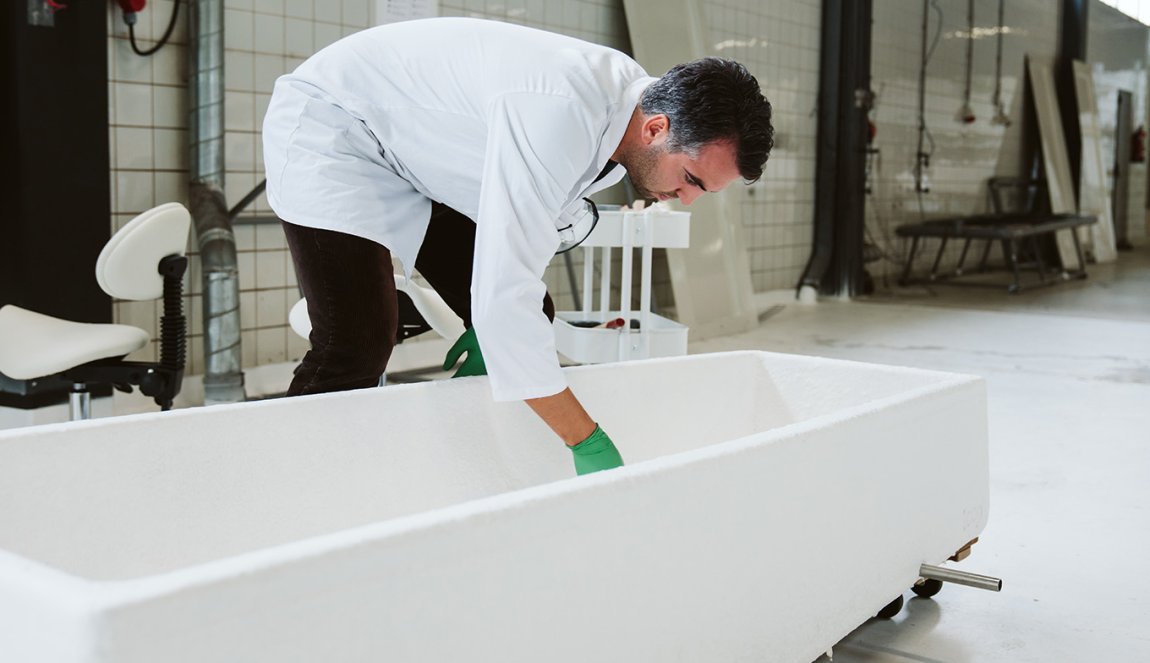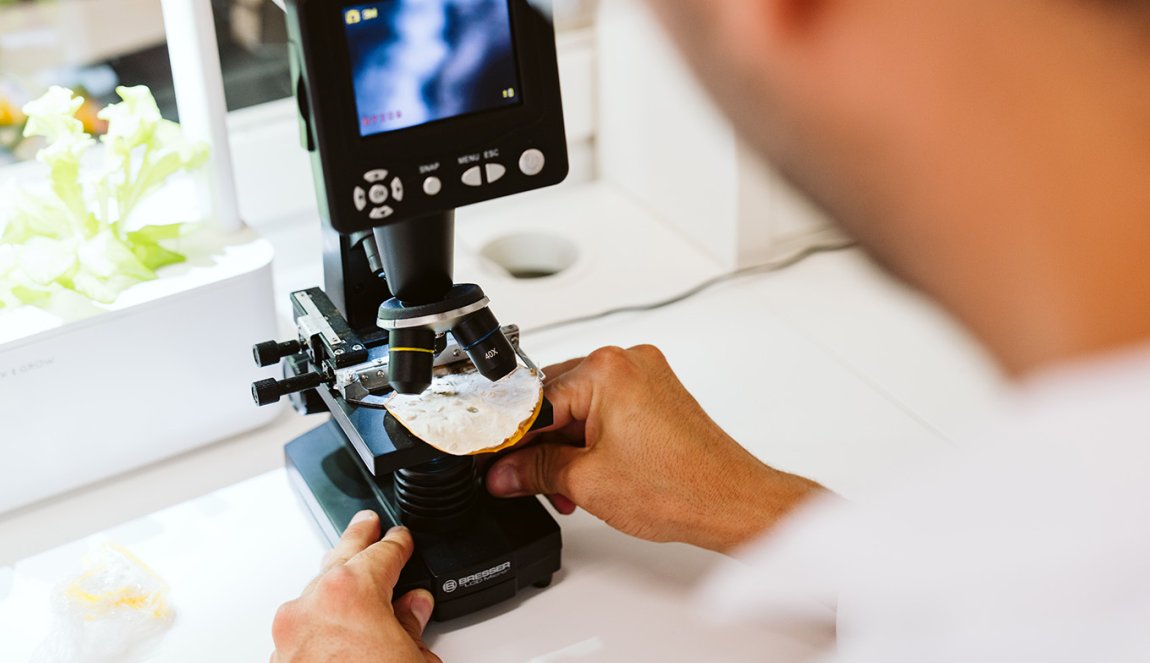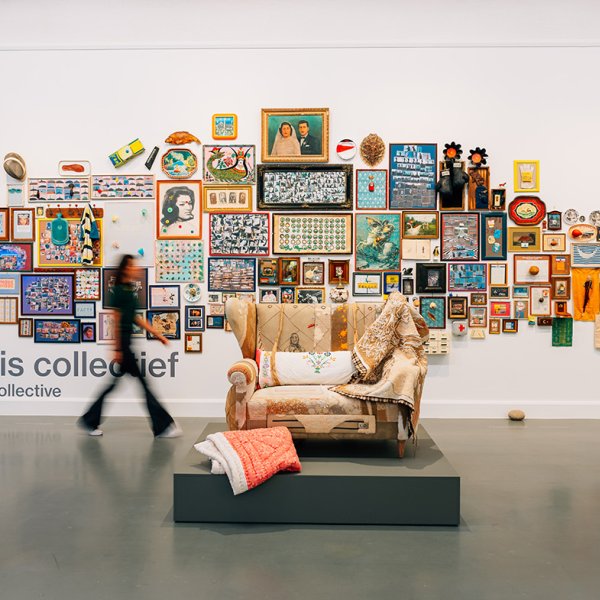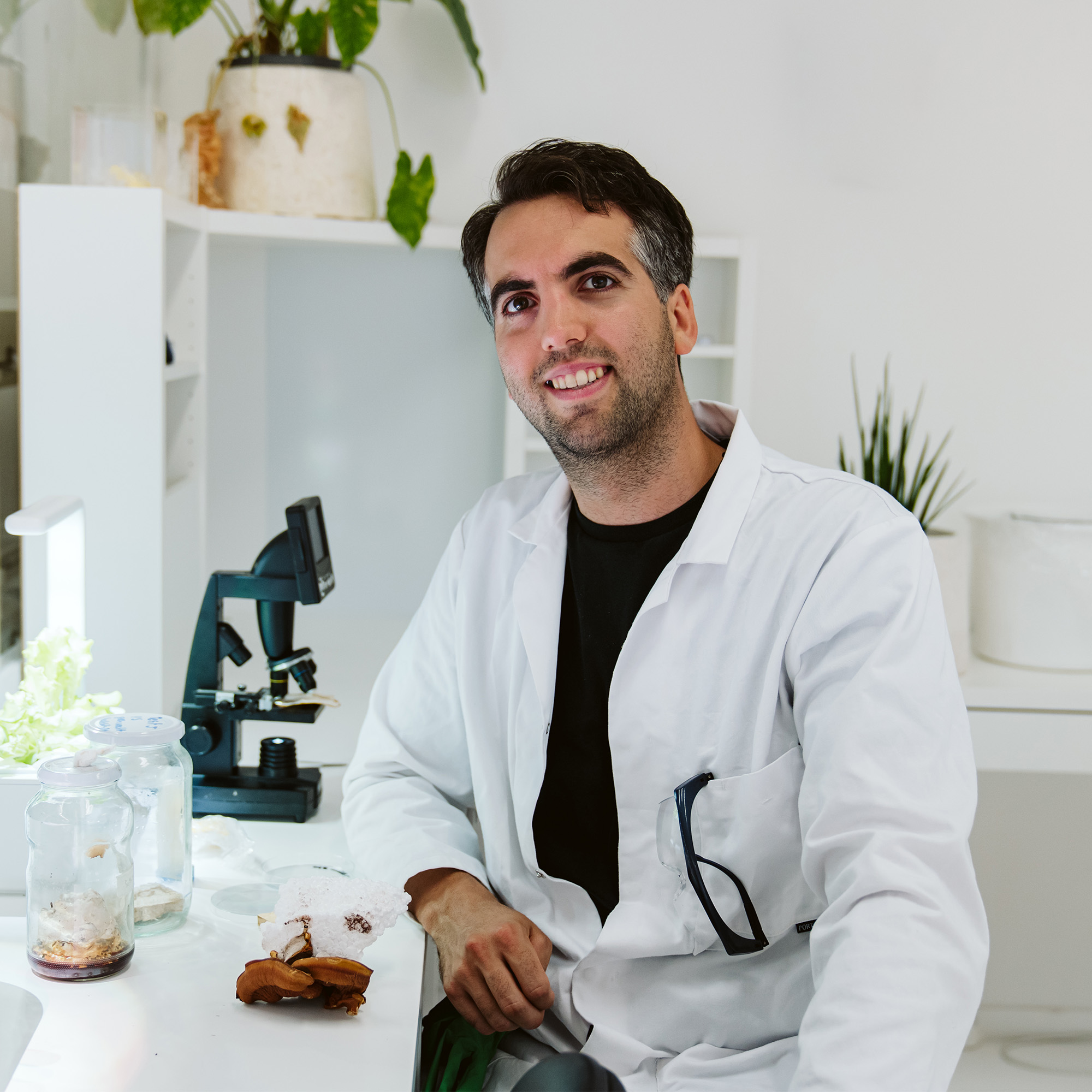
Bob Hendrikx
Bob Hendrikx brings life to coffins
Every person takes more away from the Earth than they give back, but Bob Hendrikx just might change this process. Bob developed the Loop Living Cocoon: a coffin made from living material. This amazing invention clears human remains and enriches the ground in which it was buried.
Bring yourself, Bob will do the same
Death breeds life
“I fully believed in the concept, and my initial goal was to have one person buried in it.”
“Cool, yet scary”
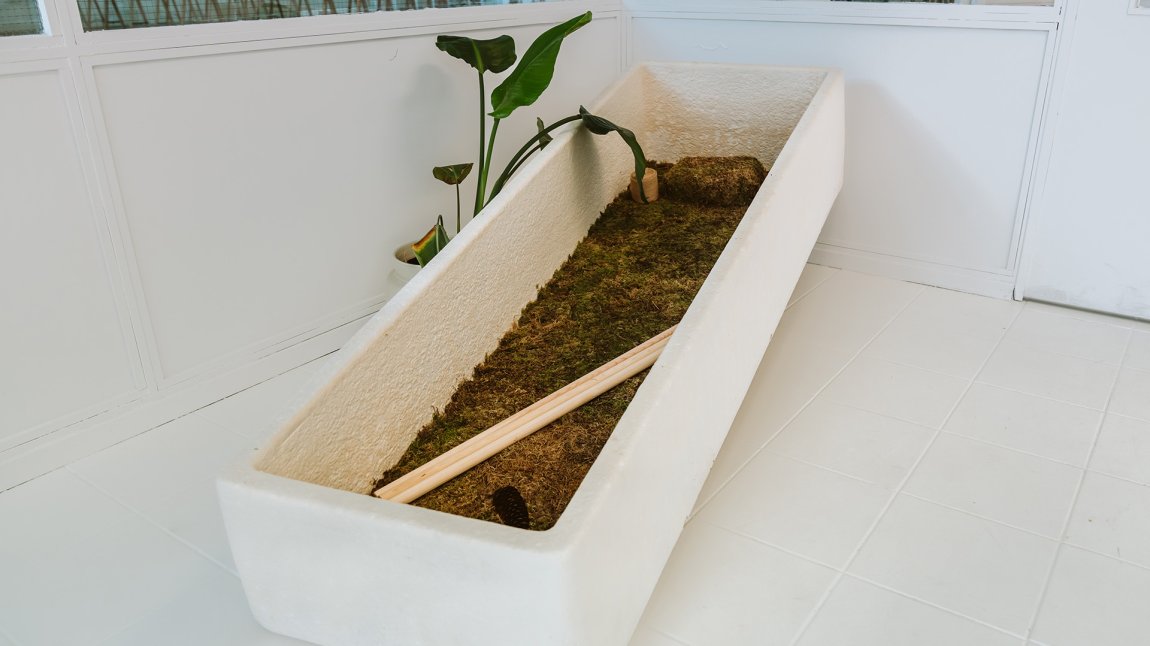
© Bring yourself / NBTC
From sci-fi to reality
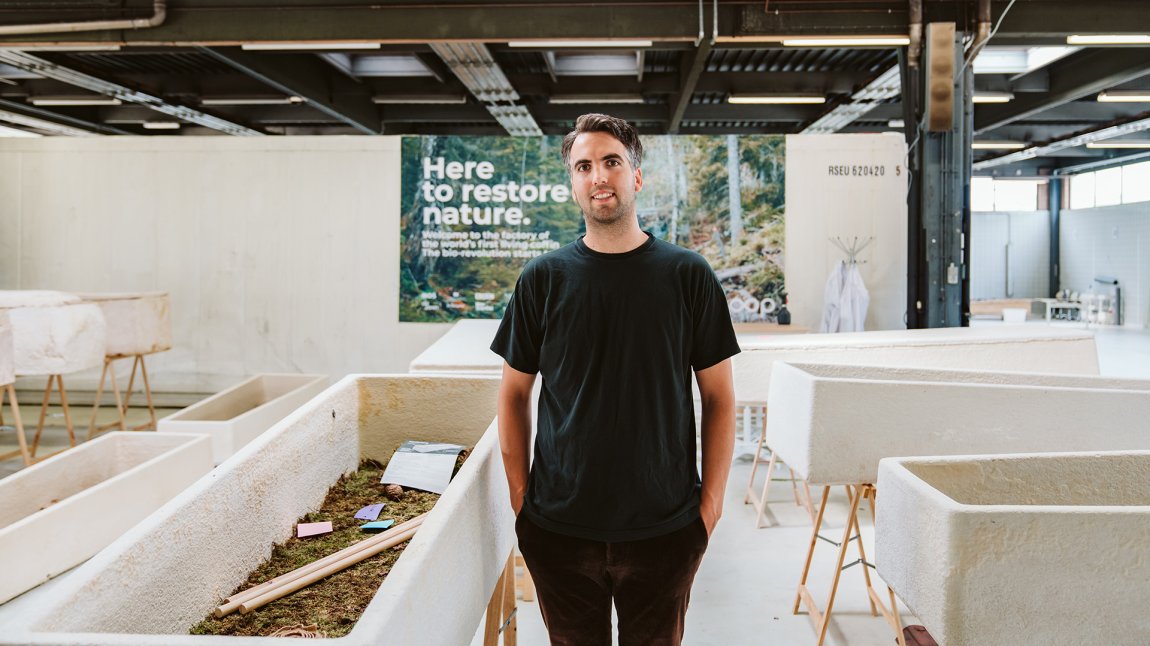
© Bring yourself / NBTC
